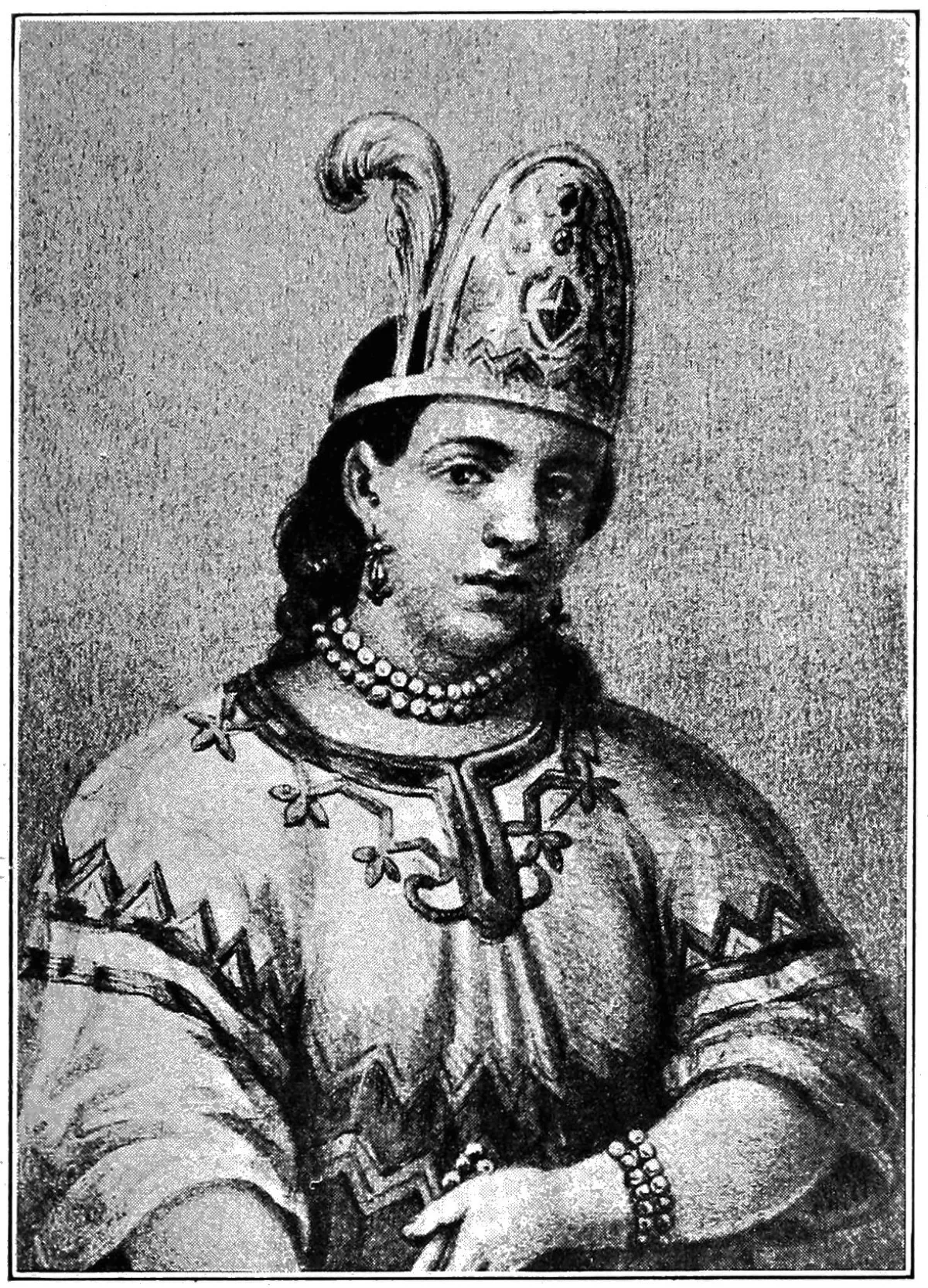 1.
1. Marina or Malintzin, more popularly known as La Malinche, was a Nahua woman from the Mexican Gulf Coast, who became known for contributing to the Spanish conquest of the Aztec Empire, by acting as an interpreter, advisor, and intermediary for the Spanish conquistador Hernan Cortes.